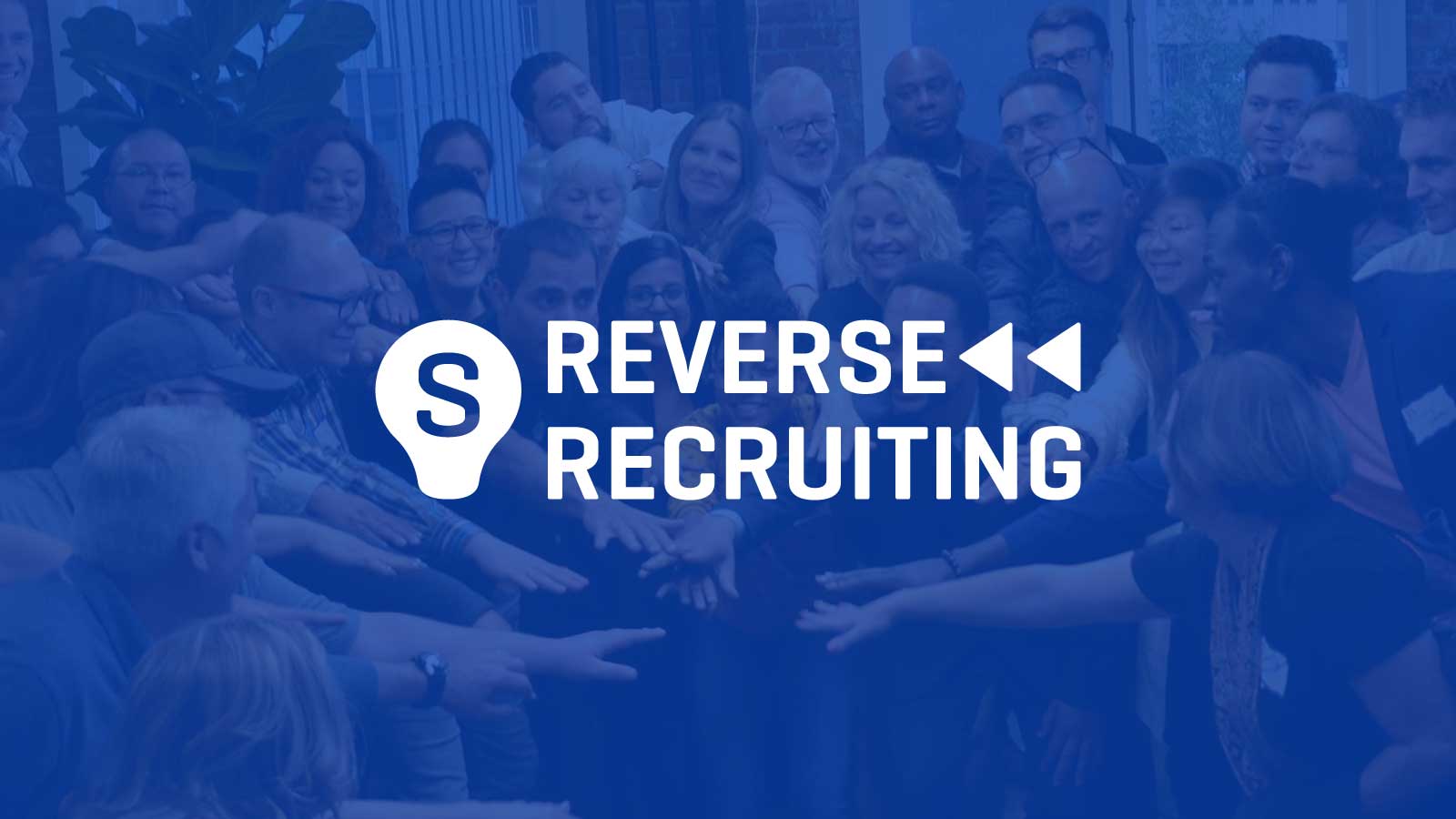From Passive to Proactive: Embracing Reverse Recruiting in Your Organization
From Passive to Proactive: Embracing Reverse Recruiting in Your Organization
Blog Article
Raise Your Hiring Video Game With Strategic Reverse Recruiting Techniques
In the realm of skill procurement, traditional recruiting techniques have actually long been the standard. As the landscape of hiring develops, companies are progressively transforming to cutting-edge methods such as calculated reverse recruiting to obtain an affordable edge in protecting leading ability. This shift in attitude requires a thoughtful reconsideration of exactly how firms approach the employing procedure, concentrating on bring in passive candidates as opposed to solely relying on active task applicants. By flipping the manuscript and proactively engaging with people that might not be proactively seeking new possibilities, companies open themselves as much as a pool of untapped capacity. This strategic strategy not just widens the talent pipeline yet likewise grows an extra diverse and experienced workforce.
Understanding Critical Opposite Recruiting
Purposefully leveraging the concept of reverse recruiting can substantially enhance your organization's ability acquisition approach. By turning the traditional recruitment technique on its head, reverse recruiting involves proactively looking for and drawing in passive candidates that might not be actively looking for brand-new chances. This positive technique permits firms to take advantage of a pool of top notch ability that may not be obtainable through standard job postings alone.
Recognizing the complexities of critical reverse recruiting is essential for its effective implementation. It requires a deep understanding of the market landscape, rival evaluation, and the particular ability that remain in high demand. reverse recruiting. By carrying out detailed research and leveraging market insights, organizations can recognize and involve with leading talent in a much more individualized and targeted fashion

Advantages of Reverse Hiring
Reverse recruiting uses a distinct method to talent acquisition by proactively engaging with easy prospects that may not be actively looking for task opportunities. This method allows companies to touch right into a swimming pool of skill that typical recruiting approaches may ignore. Among the crucial benefits of reverse recruiting is the ability to target prospects that are currently used and satisfied in their existing functions. These people are often top performers in their respective fields, bringing useful abilities and experience to the table.

Secret Components of Reverse Recruiting
Having explored the advantages of reverse recruiting in targeting top performers who are content in their present roles, it is vital to understand the key components that make this strategy effective in attracting easy candidates. reverse recruiting The initial key part is building a strong company brand name. Easy prospects are often not proactively seeking new chances, so having a positive track record as a company click to find out more can pique their interest. Leveraging social networks systems and employer review websites to showcase firm culture and worths can aid hereof.
Another vital element is individualized outreach. Given that passive candidates are not actively searching for tasks, generic recruitment messages are most likely to be forgotten. Tailoring outreach efforts to highlight exactly how the particular skills and experiences of the candidate straighten with the business's demands can dramatically increase the opportunities of getting their focus.
In addition, promoting relationships with passive candidates with time is essential. Regularly engaging with them with networking occasions, sector seminars, and even periodic check-ins can aid build rapport and depend on, making them extra receptive to prospective work chances in the future. By including these vital components into reverse recruiting strategies, companies can efficiently draw in and hire top talent from the swimming pool of easy prospects.
Executing Reverse Recruiting Techniques

Additionally, developing compelling employer branding and showcasing a Read Full Article favorable company culture can aid attract passive prospects and urge them to consider new job opportunities. Developing an ability community or skill pipeline can additionally be useful in supporting partnerships with passive candidates gradually, maintaining them involved and interested in prospective future functions within the company. Overall, implementing reverse recruiting techniques needs an aggressive and personalized approach to skill procurement, focusing on developing meaningful connections with easy candidates to drive long-term employment success.
Determining Success in Reverse Recruiting
One vital metric is the high quality of candidates engaged via reverse recruiting networks. By determining the conversion rate of easy prospects into active candidates or employs, organizations can gauge the efficiency of their reverse recruiting initiatives.
Checking retention rates among candidates recruited via reverse techniques can give understandings into the long-term success of the method. High retention prices recommend that the prospects sourced through reverse recruiting are an excellent fit for the company, contributing favorably to its overall ability pool.
Final Thought
In verdict, strategic reverse recruiting offers an one-of-a-kind method to employing that concentrates on drawing in leading skill with proactive engagement and relationship-building. By leveraging this technique, organizations can get an one-upmanship in the ability market and improve their recruitment outcomes. It is necessary to recognize the advantages, vital elements, and approaches of reverse recruiting to properly implement and measure success in this innovative approach to hiring.
Report this page